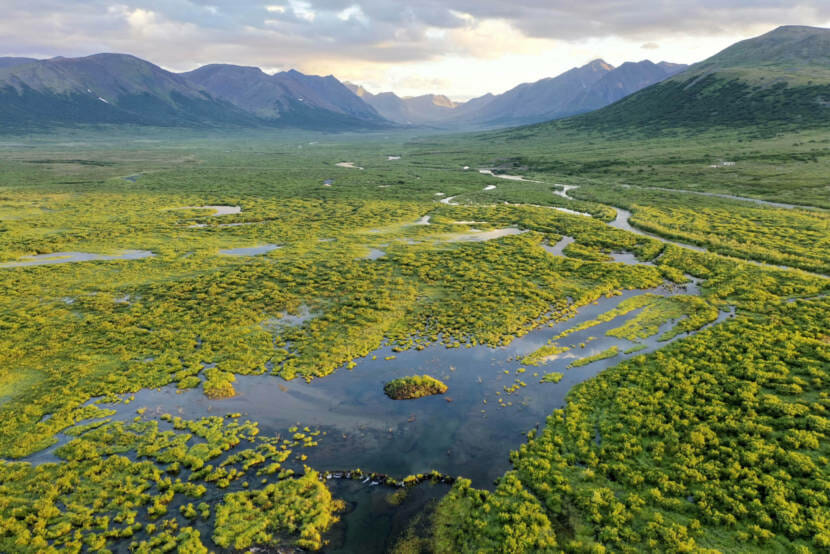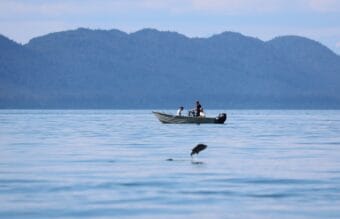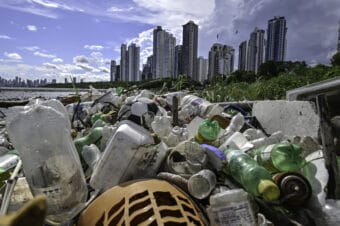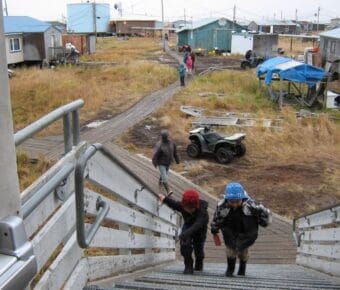
Beavers are moving to the Arctic as the Alaska tundra heats up and the beaver population rebounds after centuries of trapping. A study published in December shows the small, industrious mammal is accelerating climate change in the north.
Beaver ponds are showing up in places they’ve never been before. For the past five years, ecologist Ken Tape has used satellite imagery and old aerial photos to map where beavers have dammed streams and created ponds. The University of Alaska Fairbanks professor says he was shocked by the magnitude of change.
“If it were a few streams, it wouldn’t be a big deal,” Tape said. “But it’s a lot more than that.”
Satellite imagery shows beavers have built upwards of 12,000 new ponds in the last half century. The beaver pond count doubled in the last 20 years. That’s bad news for melting permafrost. Tape and his fellow researchers have long tracked the effects of climate change on permafrost thaw and Arctic vegetation and water, but they were really surprised by the effects of beavers.
“When we got to beavers, it was like, ‘Whoa, you get some beavers in on some stream, and it’ll never look the same again.’ I mean, it’s just so transformational, what they do. It affects all aspects of lowland ecosystems: fish, permafrost, water, chemistry, boat travel, I mean, you name it,” Tape said.
When beavers dam a stream, it creates a pond that’s deeper than the stream was, and it retains more heat. Tape says if you liked the Arctic the way it was, this is not a good thing. He says to think of ponds as little oases for creatures that don’t usually live in the Arctic. They thaw permafrost and release carbon dioxide. It’s a case where increased biodiversity isn’t healthy for the native ecology.
“The landscape is falling apart with permafrost thaw, and beavers are that trend on steroids. And one of the big reasons is that permafrost is really rapidly impacted by changes in hydrology and surface water. And that’s precisely what beavers do,” Tape said.
The full effects of these new beaver ponds on fish and water quality aren’t clear yet — Tape says last season kicked off what will be about five years of field study around Nome and Kotzebue. He says he has an idea of the big picture, but it’s the people in Arctic communities who can help him learn how beavers are changing life and livelihood in the North.



